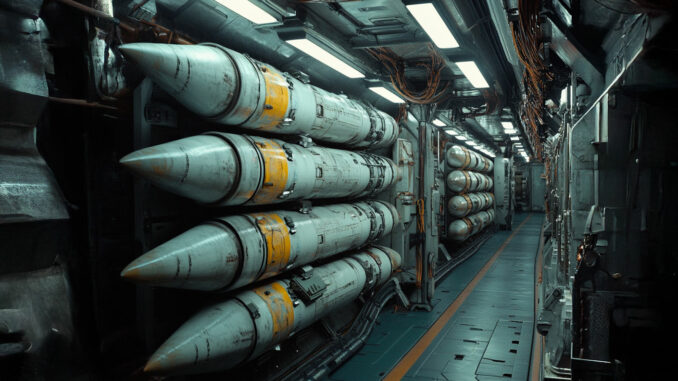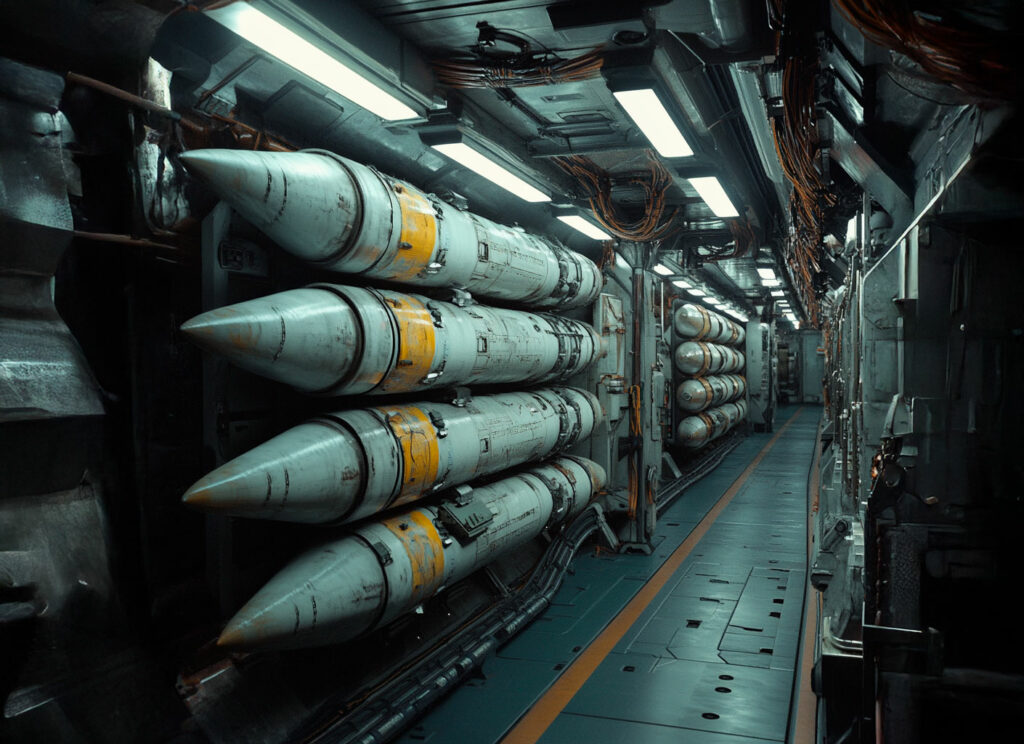
Washington authorizes Ukraine to use ATACMS missiles against strategic targets in Russia. Technical analysis and geopolitical implications.
The US government has lifted restrictions on the use of long-range ATACMS missiles by Ukraine, enabling deep strikes on Russian territory, particularly in the Kursk region. This strategic decision is aimed at countering the commitment of 12,000 North Korean troops and Russian efforts to retake the area. The economic and military impacts of this policy shift are major, strengthening Ukraine’s ability to target critical infrastructure and enemy forces, while paving the way for a reconfiguration of Western military assistance.
A strategic decision at a key moment
With less than two months to go before Donald Trump takes office, the Biden administration has authorized Ukraine to use ATACMS missiles capable of striking up to 300 km away. This decision marks a break with Washington’s previous caution, motivated by fears of nuclear escalation. The ATACMS, which can reach strategic targets such as weapons depots, logistical infrastructures and military bases, offers Ukraine a range and accuracy superior to HIMARS (80 km).
The implications are significant. Russian forces, stationed in Kursk with North Korean reinforcements, could lose essential resources. 50,000 Russian soldiers and 12,000 North Koreans are currently deployed, and further North Korean contingents could follow, potentially reaching 100,000 soldiers, according to Bloomberg. The aim is clear: to limit Russia’s access to critical resources and slow down its offensive.
Consequences on the battlefield
The main targets identified include:
- Logistical supply lines, essential for keeping Russian forces in contested areas.
- Ammunition and fuel stocks, already under pressure from recent attacks.
- Troop concentrations, enabling Ukraine to exert asymmetrical pressure.
According to estimates, Russia is losing between 5% and 7% of its logistical equipment per week in these regions, amplifying operational stress. Videos on social networks should reveal the effectiveness of these strikes, as was the case with the HIMARS.

A response to North Korean involvement
The involvement of North Korean soldiers alongside Russian forces marks a turning point in the war. The participation of 12,000 North Korean fighters in the first phase, with announced reinforcements, adds diplomatic complexity. Washington’s decision to respond by authorizing ATACMS reflects a desire to counter this unexpected coalition. Economic sanctions and diplomatic pressure against Pyongyang could also intensify in the weeks ahead.
Economic and geopolitical repercussions
Ukraine’s authorization of ATACMS use could also influence the policies of other allies. France and the UK, which currently restrict the use of SCALP-EG and Storm Shadow missiles inside Ukraine, may reconsider their restrictions. If these weapons were used on Russian soil, it would strengthen Ukraine’s ability to keep up the pressure.
In addition, logistical costs for Russia are rising considerably. According to market analyses, intensified strikes could cost up to €100 million a month in direct and logistical losses, further weakening its economy under sanctions.
Short- and medium-term outlook
The coming months will be crucial in assessing the impact of these weapons. However, Ukraine has a limited stockpile of ATACMS, which could reduce their effectiveness in the long term. Nevertheless, their strategic use in key areas could deter Russian and North Korean advances, thus influencing the outcome of negotiations after January 2025.
The coming weeks will also reveal whether this escalation will be followed by an increased Russian military response or an adjustment in international relations, notably between the USA, Russia and North Korea.
War Wings Daily is an independant magazine.